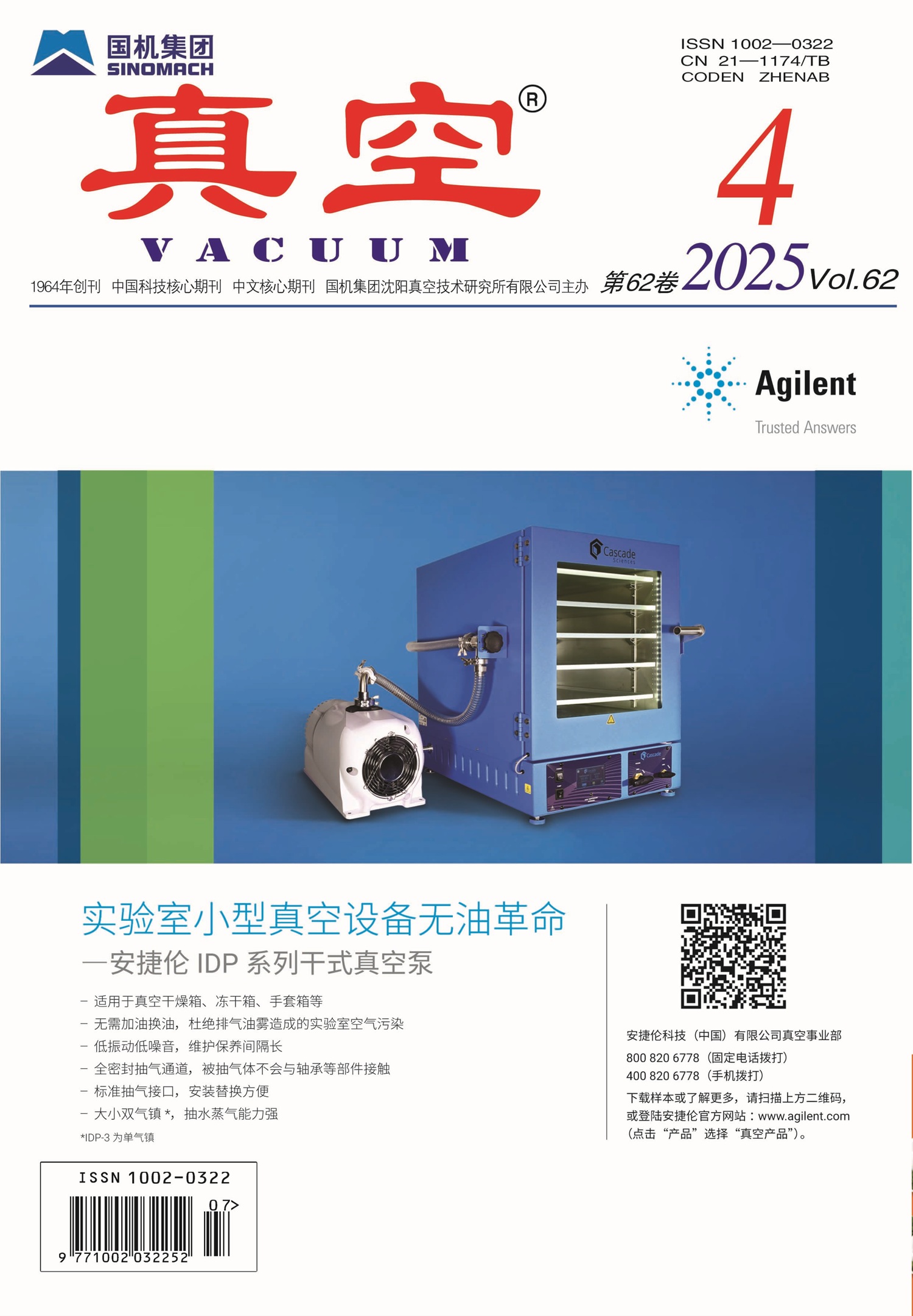|
|
Experimental Study of Taylor Discharge Cleaning for J-TEXT Device
BA Wei-gang, CHEN Zhi-peng, ZHAO Qian-cheng, HAO Zhi-gang, DING Yong-hua, PAN Yuan
VACUUM. 2022, 59 (6):
65-72.
DOI: 10.13385/j.cnki.vacuum.2022.06.12
Due to the line radiation generated by light impurities in the Tokamak vacuum chamber, plasma energy is lost and hydrogen fuel concentration is reduced. Therefore, in order to improve the triple product of fusion, it is necessary to reduce the content of light impurities in the Tokamak vacuum chamber to a low level before the discharge starts. Light impurity elements are mainly adsorbed on the first wall of the device. At present,the impurities adsorbed on the first wall are desorbed mainly by means of discharge cleaning. In this paper, a set of differential pumping mass spectrometer analysis system is established, which can be used in Taylor discharge cleaning of J-TEXT Tokamak device. The higher pressure gas in the main vacuum chamber is introduced into the mass spectrometer chamber equipped with differential pumping system for analysis, so as to obtain the change of partial pressure of each gas in the cleaning process, which can be used to monitor the discharge cleaning effect. At the same time, by combining with several diagnostic systems such as magnetic measurement, electrostatic probe, Hα radiation and CⅢ radiation, the changes of plasma current, voltage, temperature, density and radiation in the discharge cleaning process are measured when changing the discharge cleaning parameters, providing reference for the optimization of J-TEXT hydrogen Taylor discharge cleaning parameters.
References |
Related Articles |
Metrics
|

 Table of Content
Table of Content
 Table of Content
Table of Content